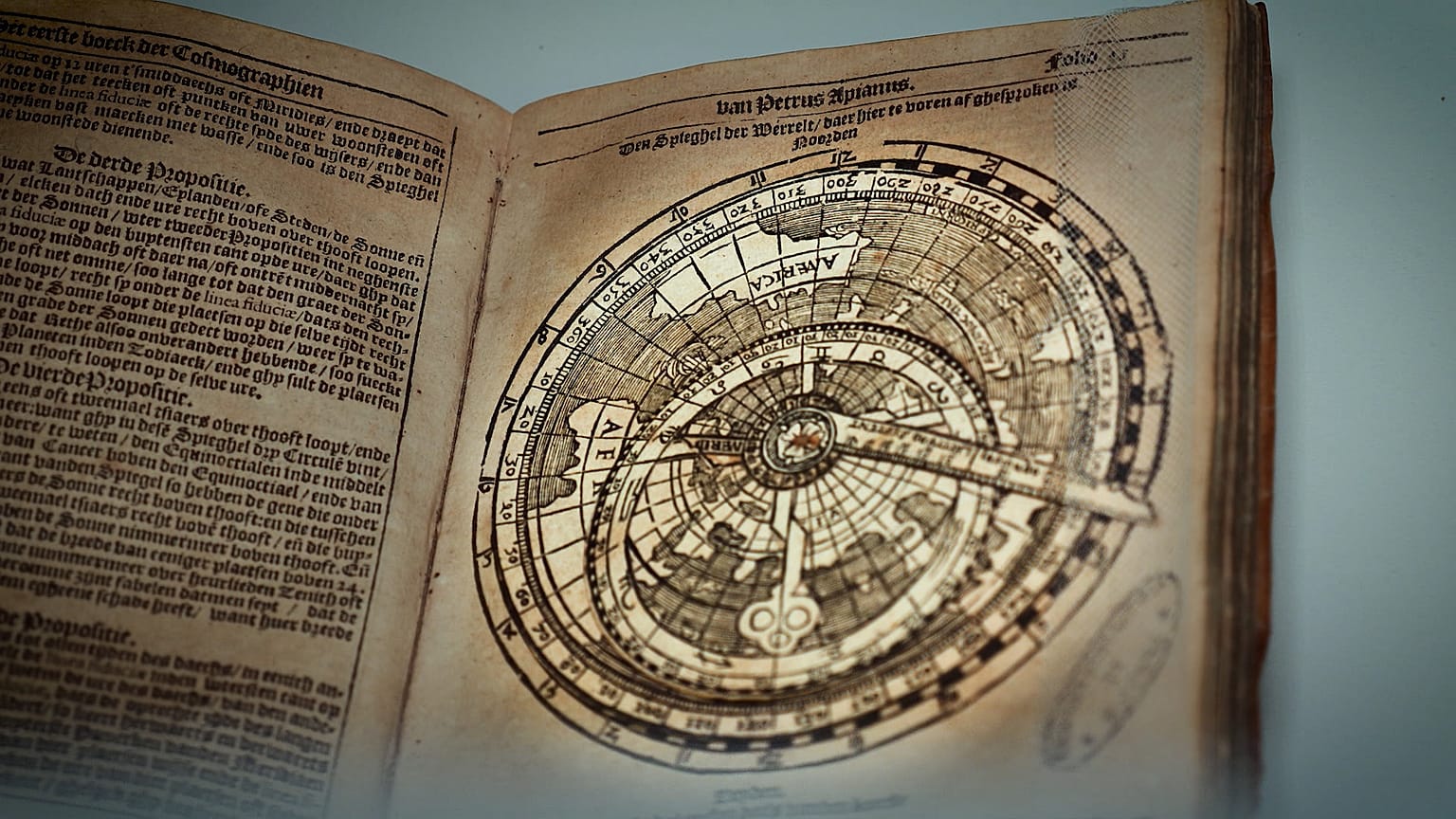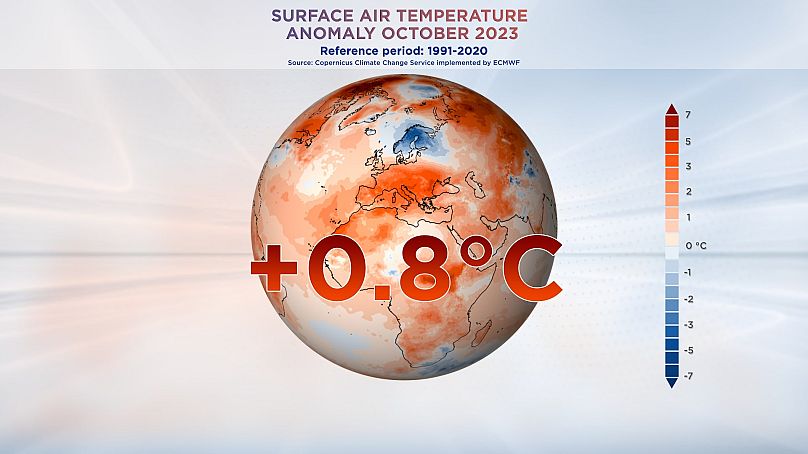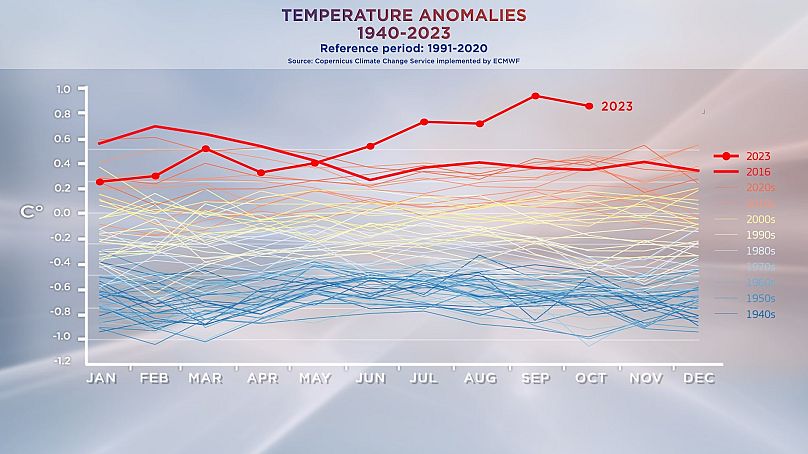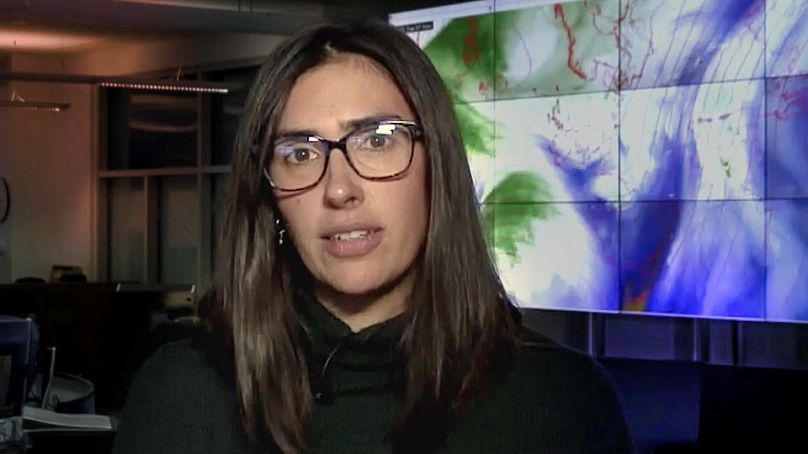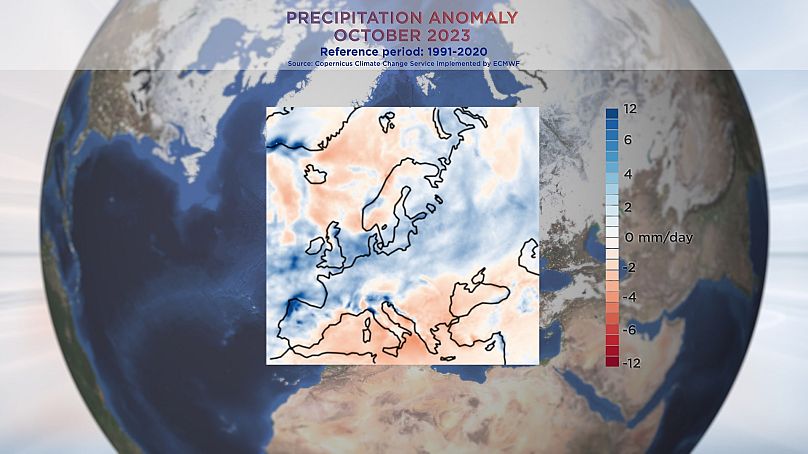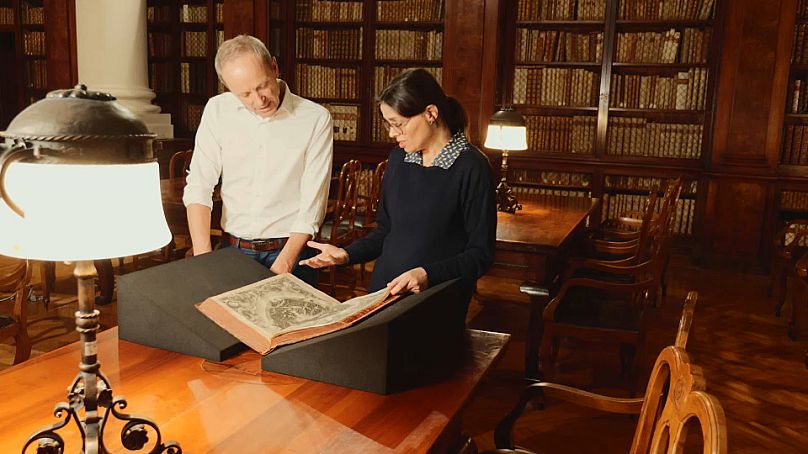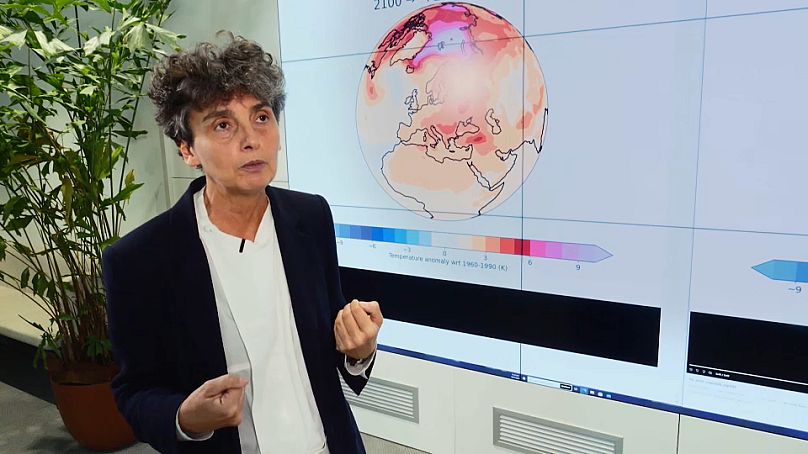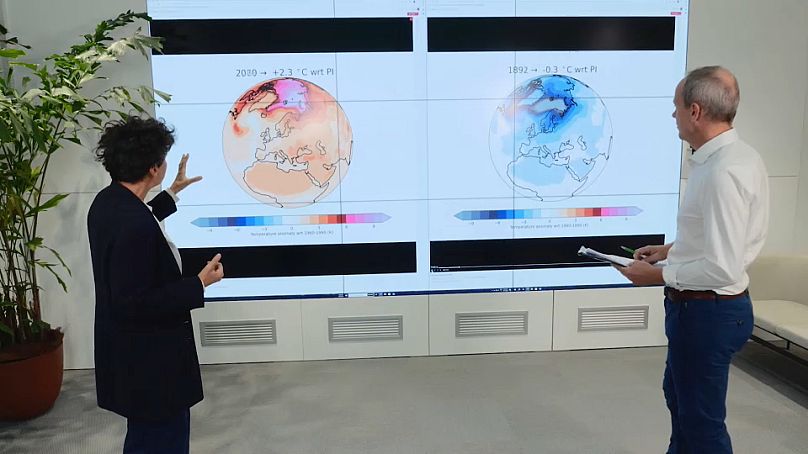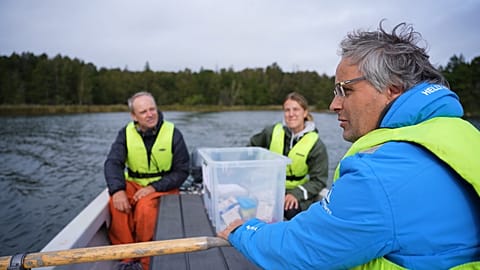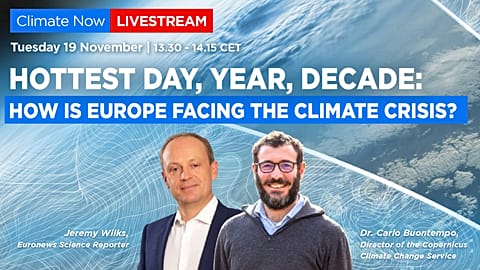We visit the buzzing student city of Bologna, in Italy, where Europe's greatest scientific minds have been gathering data about our planet since the Renaissance.
The city of Bologna in Italy is home to the world's oldest university and Europe's greatest store of climate data. In this episode of Climate Now, we travel to the historic capital of the Emilia-Romagna region to ask what we can learn from our past in order to better prepare for our future.
The warmest October to date
First, a quick review of the very latest data from the Copernicus Climate Change Service.
Globally it was the warmest October on record, with temperatures 0.8 degrees Celsius above the 1991-2020 average.
We can put that into perspective with this graph below showing annual temperatures since 1940. At the moment, 2016 is the record-holder, but 2023 is now clearly much higher, meaning we're on track for this to be the hottest year on record.
October in Europe was marked by some extreme weather, with Storm Babet battering the UK, Germany, Denmark, and France, claiming lives and causing widespread flooding.
Climate scientists say that as our planet warms, we can expect heavier rainfall during these kinds of events.
"Warmer air can hold more moisture. So actually, for every degree of warming, we see a 7% increase in the amount of water that the air can hold," said Rosie Oakes, a climate scientist at the Met Office.
"So then if you think about that in terms of rainfall events, you've got more water in the system, and so you're going to have heavier rain storms when they do occur."
The rainfall from October's storms is reflected in the European map of precipitation anomaly in the band of blue from the Iberian peninsula across to Russia.
The University of Bologna, where great minds like Nicolaus Copernicus studied the nature of planet Earth
Bologna is a buzzing student city and a place where Europe's greatest scientific minds, such as Nicolaus Copernicus, have been gathering data about our planet since the Renaissance.
Professor Monica Azzolini, an associate professor at the University of Bologna showed us around the stunning Palazzo Poggi museum and the great Biblioteca Universitari di Bologna.
"This is one of the many European collections of the 16th century that tried to put together as much information as possible about the world as they knew it," she told Climate Now.
"Now we rely more on numerical data but the idea is exactly the same. The idea is to make sense of the world by collecting as much information as possible."
Tecnopolo di Bologna: Using data to anticipate the future
Today that quest to understand the Earth, and accurately predict the future continues at the Tecnopolo di Bologna, home to Europe's climate data store.
The centre has a complete set of records dating from 1940 to today. Inside the servers, there is information useful for managing the impact of climate change on agriculture, cities, health, and even clean energy production.
"There are also many other sectors, both in society and in the economy, that can use this kind of data, for example on energy production," said Susanna Corti, the director of research at the National Research Council of Italy.
"It can help the planning of what will be these large wind power plants or even other types of renewable energy, such as solar energy."
Scientists like Susanna use the data to simulate the future of our climate. She showed us two examples of a high and low emissions scenario - illustrating how warm our planet becomes if we do nothing to cut greenhouse gases.
"This is just one example, but all of these are needed together to be able to make decisions," Susanna added.
There are valuable lessons to be learned from the recent past in the climate data store. And if we look back, to our Renaissance ancestors, whose treasured works such as the Mundus Subterraneus by Athanasius Kircher are stored here in Bologna - what can we learn from them?
"I think one of the lessons of the past is that they believed that the Earth was a living being, and that they were part of this environment and changing things could lead to problems," Professor Monica Azzolini concluded.
















